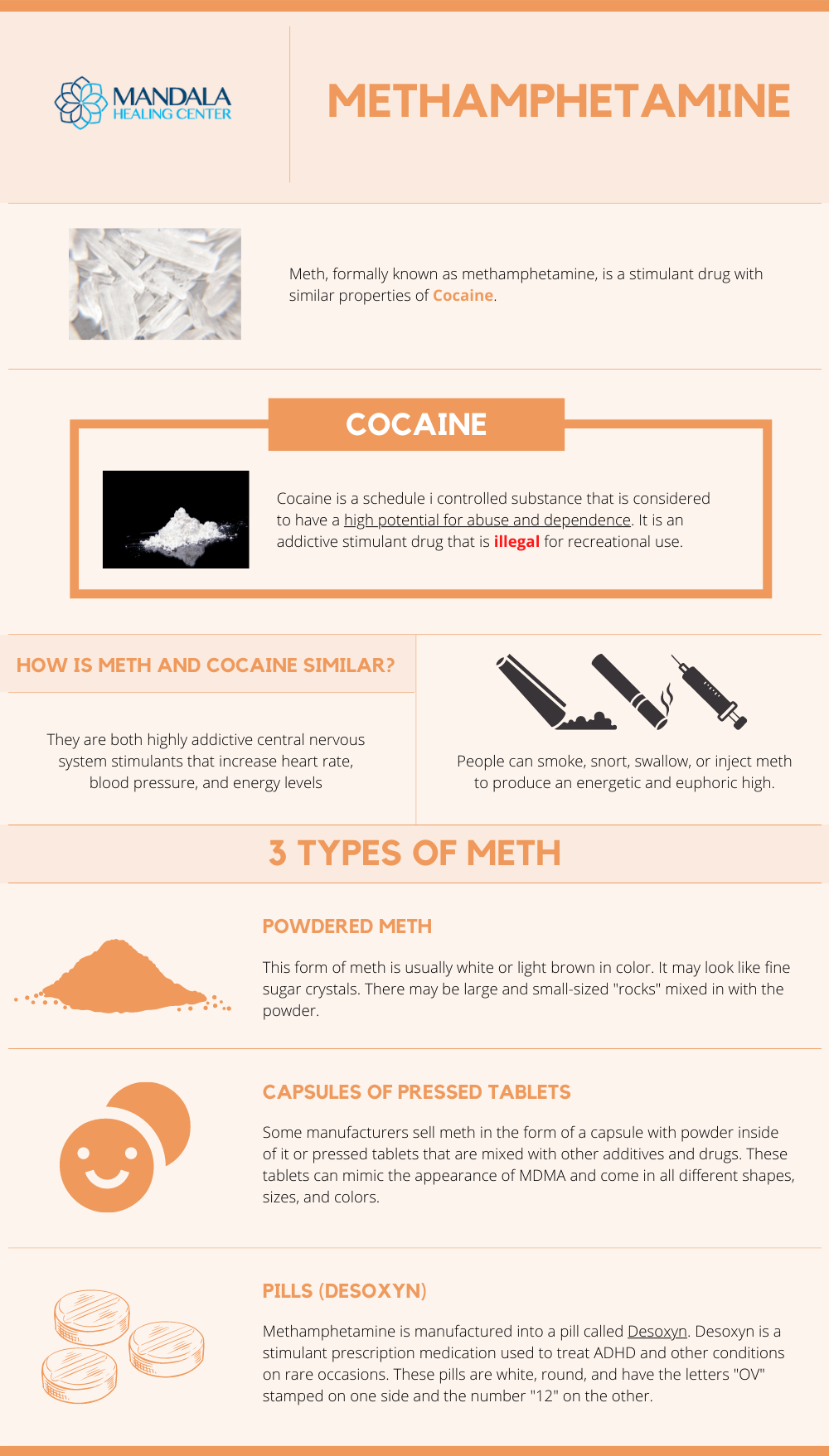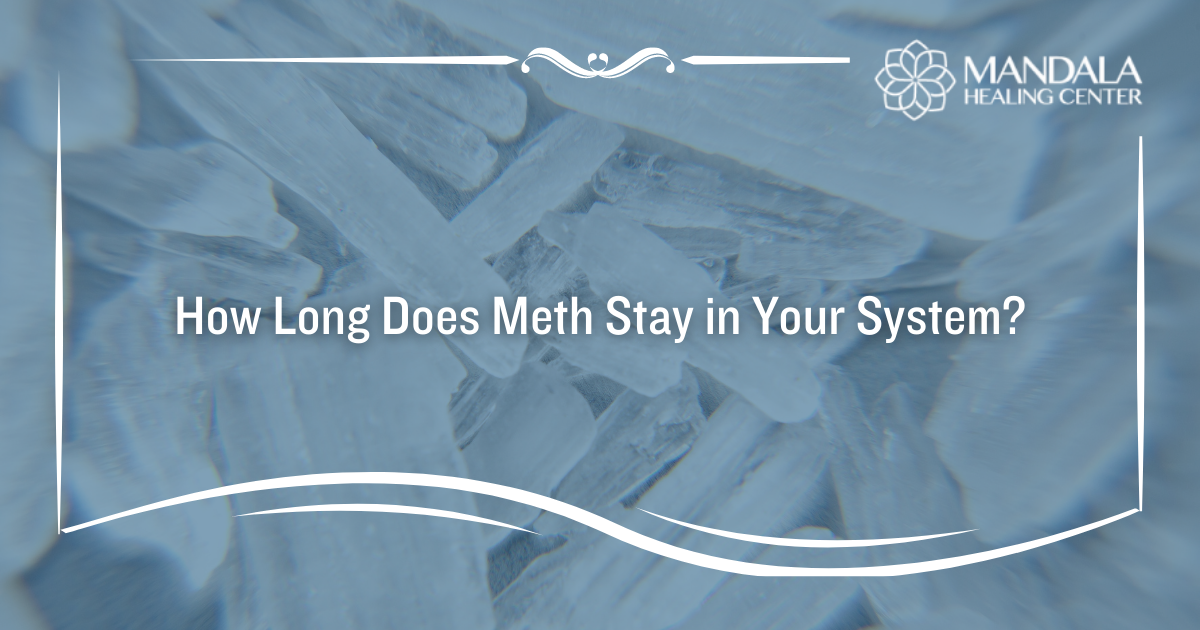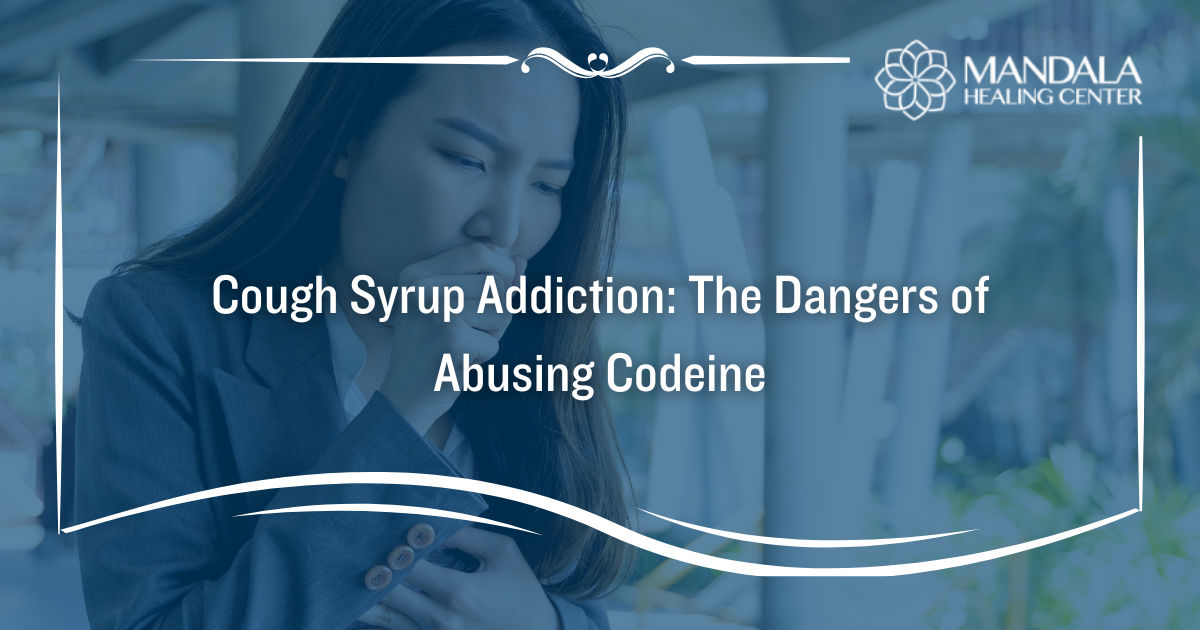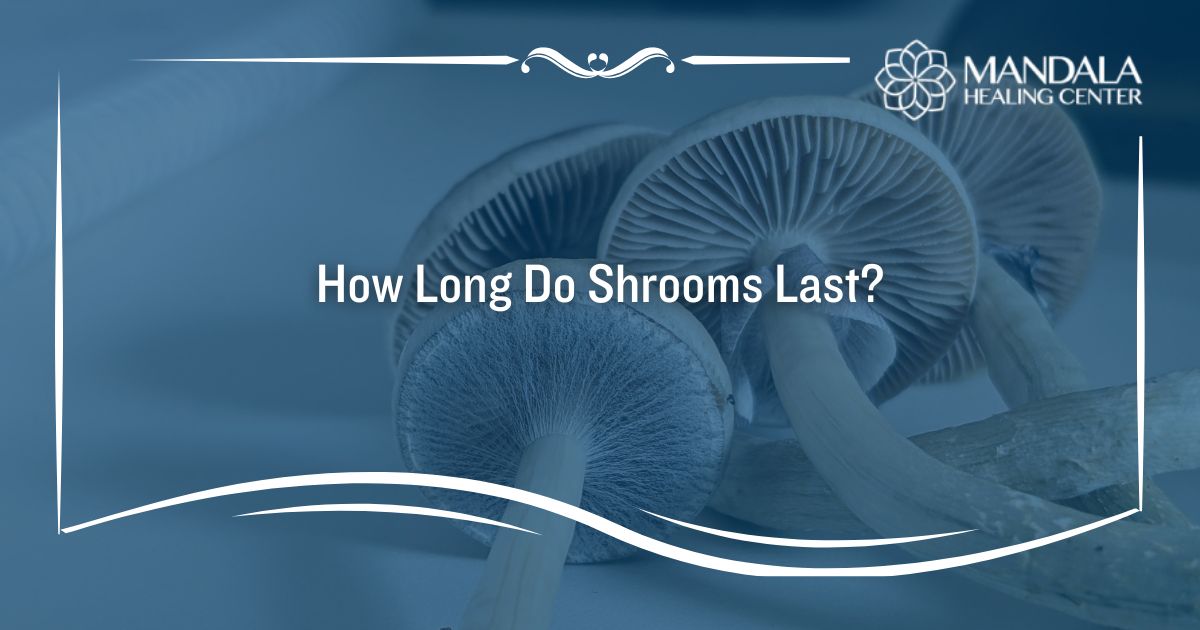Methamphetamine, better known as “crystal meth” or “meth,” is a psychostimulant drug that is sometimes prescribed under the brand name Desoxyn to treat ADHD and obesity.[1] However, the vast majority of meth use is illicit drug use that results from powdered or crystal meth on the streets. The National Institute on Drug Abuse (NIDA) reports that 2.6 million people aged 12 and older used meth in the last 12 months and about 1.5 million people have a methamphetamine use disorder.[2]
Meth is extremely powerful, addictive, and long-lasting. In 2020, about 23,837 people died as a result of an overdose that involved stimulants like meth.[2]
People who use meth often use it in binges, meaning they use a lot over a period of time to continue feeling the effects of the drug. For example, some people take the drug and stay awake for days. Having too much meth in your system at once is dangerous though because it can result in adverse side effects or a life-threatening overdose.

How Long Do The Effects of Meth Last?
As a central nervous system stimulant, meth increases heart rate, respiration, blood pressure, and body temperature. However, it can also cause anxiety, paranoia, and agitation.[1]
The most common method of use is smoking using a small glass pipe, but the drug can also be crushed and snorted or injected into the bloodstream. Injecting produces a rush of energy and other side effects within seconds while smoking meth produces effects within minutes. IV meth use doesn’t last as long as smoking or snorting it does, though.
Depending on the dose, the potency of the dose, and the method of ingestion, the effects of the drug can last anywhere from 6-24 hours.
The Half-Life of Methamphetamine
The elimination half-life of a substance is a measure that is used to describe how long it takes 50% of a drug to be metabolized and eliminated from the system. It takes about 4-5 half-lives for a drug to leave the system. Meth has a very long half-life that ranges from 9 to 24 hours with an average of 10 hours depending on a person’s body chemistry.[3] This means meth can remain in a person’s system for 36 to 120 hours or two to five days.
How Long Can Meth Be Detected in the Urine, Blood, Saliva, and Hair?

Meth typically leaves the system within two to five days, but it can be detected in the body for much longer. This is because the liver metabolizes meth into separate metabolites that can remain traceable in the body for days or weeks after use. Methamphetamine metabolizes into amphetamine and these metabolites are what drug tests are screening for.
How long meth can be detected in your body varies depending on individual health factors as well as what type of test is used. When it comes to detection times, the various types of tests and their meth detection windows are:
- Urine test – Meth can be detected in urine samples just two hours after use and for up to one week after the last dose.
- Blood test – Meth can be detected in blood samples an hour after it is used and for up to three to four days after the last dose.
- Saliva test – Meth can be detected in saliva samples just minutes after it is used and for up to four to five days after the last dose.
- Hair follicle test – Hair testing has the longest detection window of all types of drug tests. Meth and other drugs can be detected in the hair follicle for up to 90 days after the last use.
Factors That Influence How Long Meth Stays in the System
How long meth can be detected in the body varies depending on a person’s health, age, activity level, and history of meth use. Factors that influence how long meth stays in the body include:
- Frequency of meth use
- Method of administration
- Duration of regular meth use
- Metabolic rate
- Age, weight, and gender
- Liver and kidney function
- Overall health
What to Expect During Meth Withdrawal
When someone begins detoxing from meth, they can expect to feel a host of unpleasant withdrawal symptoms. Although withdrawal can be uncomfortable, it is usually not life-threatening, and it is an indicator that meth is slowly leaving the system so the body can adjust to functioning without the drug.
Common symptoms of meth withdrawal include:[4]
- Headaches
- Muscle pain
- Increased appetite
- Drug cravings
- Dehydration
- Fatigue
- Anxiety
- Agitation
- Insomnia
- Hallucinations
- Psychosis
Fortunately, there are several treatment options for meth dependence and addiction. An inpatient or outpatient detox and meth treatment program can help individuals detox safely and learn how to stay sober.
Find Help for Meth Abuse and Addiction Today
Stopping meth can be scary when you are struggling with addiction, but you don’t have to do it alone. At Mandala Healing Center, our team of dedicated addiction specialists as well as our active alumni community are available to support you every step of the way. Between a world-class detoxification facility and evidence-based treatments that really work, recovery is just a phone call away.
Call now to speak with one of our compassionate admissions coordinators.
References:












